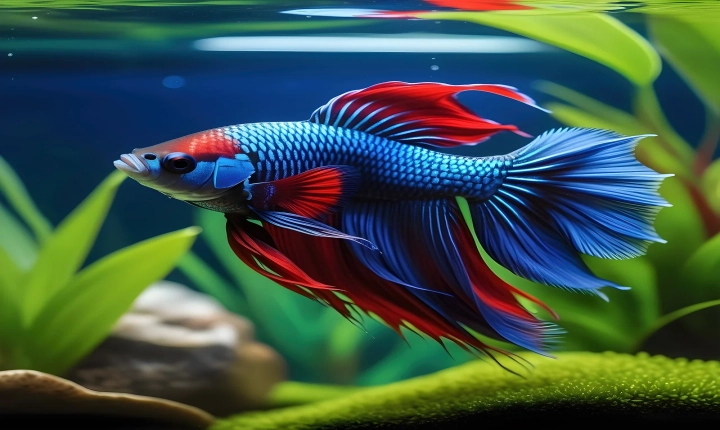Is AI Replacing Designers?
The role of artificial intelligence (AI) in the field of design has been a topic of much discussion in recent years. As AI technology continues to advance, many are left wondering if AI is poised to replace human designers. While there is no simple answer to this question, it is clear that AI is already making a significant impact on the design industry.
One of the most prominent areas where AI is making headway in design is in the generation of digital imagery and graphics. AI-powered tools and software are now capable of creating stunning visual content, often in a fraction of the time it would take a human designer. These tools can analyze large datasets of existing designs and use that information to generate new and original ideas. This has prompted concerns about AI’s potential to replace human designers in tasks related to visual creation.
Another area where AI is having an impact is in automating repetitive design tasks. For example, AI algorithms can be used to process and organize large amounts of data, making it easier for designers to address complex design challenges. This has led to an increase in efficiency and productivity, but also to fears that AI could ultimately replace designers in these routine tasks.
On the other hand, many designers argue that the unique blend of creativity, intuition, and emotion that humans bring to their work cannot be replicated by AI. Design is not solely about producing visual content; it also involves understanding human emotions, cultural references, and the broader context in which the design will be used. This intrinsic human touch is something that AI, at least for now, cannot fully match.
Moreover, designers can use AI as a tool to enhance their work rather than as a replacement. AI-powered software can help designers in analyzing data, generating initial design concepts, and automating repetitive tasks, freeing them to focus on more creative and strategic aspects of their work.
As AI continues to evolve, it is likely that the role of designers will continue to change. While AI may be able to assist in some areas of design, it is unlikely to completely replace the human element. Designers will still play a crucial role in understanding human emotions, cultural contexts, and creating innovative and meaningful designs.
In conclusion, AI is undoubtedly impacting the design industry, but its role should be viewed not as a replacement for human designers, but as a tool to empower and enhance their work. Designers who embrace AI as a complement to their skills and knowledge stand to benefit from its potential to streamline processes and offer new creative possibilities. Ultimately, the partnership between AI and human designers has the potential to bring about truly innovative and impactful design solutions.
